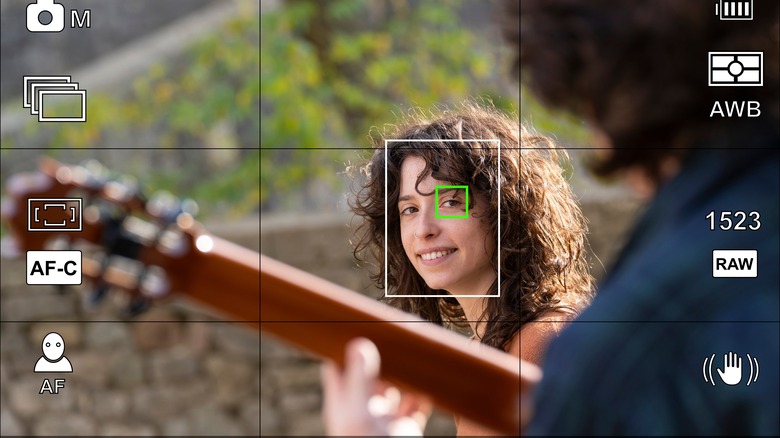
Jgi/daniel Grill/Getty Images
Technically speaking, there’s no wrong way to go about photography or videography. You can let creativity reign with either medium, producing any images and videos you want. At the same time, there are some widely-held standards of what «good» photography and videography look like. In my professional experience, I’ve found that even though each client may want different things out of my services, there are some general guidelines the majority want followed, even if they don’t realize it.
Advertisement
First and foremost is an orderly layout and alignment of the subjects in the frame, which can be accomplished with a simple tool featured on digital cameras from the best and worst brands alike, as well as smartphone cameras. Most of these cameras feature a grid comprised of nine evenly-spaced squares, which can be seen when taking pictures or recording video. This grid acts as an aid to make the images you plan to capture the most pleasing to the eye. It demonstrates a principle of photography and videography known as the Rule of Thirds. The idea is that focal points of an image (subjects, scenery, etc.) should be placed along the lines and intersections of the three-by-three grid. Two-thirds of the frame is left open, and observers are drawn to the occupied one-third. Using rule is also one of the ways to help you take the best smartphone photos possible.
Advertisement
Even though it’s called the Rule of Thirds, and many prefer to abide by it, it doesn’t need to be followed at all times.
Using the Rule of Thirds grid isn’t always necessary

Markus Photo and video/Shutterstock
The Rule of Thirds grid is an incredibly handy tool to use both professionally and personally. As a kid growing up with cheap digital cameras and middle-of-the-road smartphone cameras — though surprisingly not the now-discontinued Flip Video camera – the grid was hugely helpful in getting the hang of the Rule of Thirds and improving image composition. With years of practice in at-home, academic, and professional settings, I’ve reached a point where I follow it on instinct, being able to forego the grid if I so choose.
Advertisement
What I’ve also come to learn is that standing by the Rule of Thirds isn’t a requirement in all settings. Yes, breaking the Rule of Thirds is possible while still producing quality shots. In the case of portraits, for example, you can try centering the subject in the frame and pulling them close. Alternatively, the subject could also be centered and far away, making them a focal point within the scenery surrounding them. These techniques can allow one to mess around with visual elements like size, empty space, and symmetry to create intriguing images. Worst case scenario, if you’re ever unhappy with these attempts, you can always reshoot following the Rule of Thirds or crop the existing images to fit the grid.
Advertisement
Whether you intend to adhere to it or turn it on its head, the Rule of Thirds can be a crucial element of camera use to keep in mind. Thankfully, the built-in grid so many cameras and phones have makes it all the easier to learn and use to your artistic advantage.